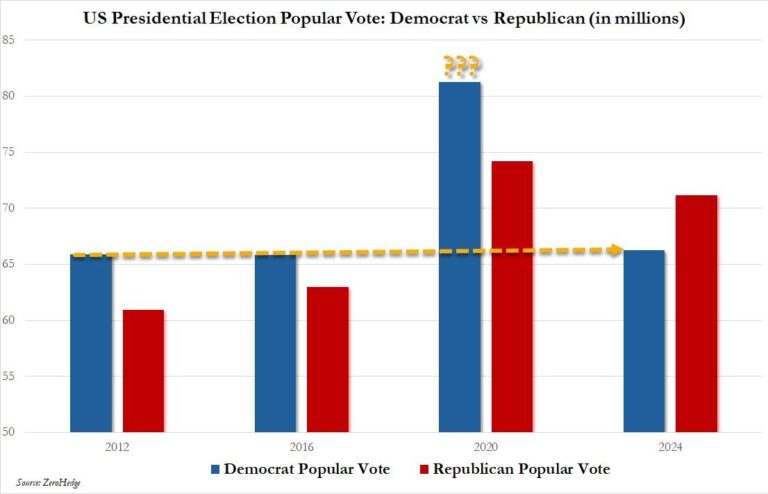
This is a big deal. Our public schools are failing our children in many places. Giving parents the ability to choose where their children go to school rather than railroading them into failing schools is a good thing.
I know it’s dangerous because once this money is available, the government might put strings on that money eventually. In fact, they will attempt to do so. We know this. They left will attempt to make all recipients of these funds bow down to wokeness.
They’ll say something like all receivers of these funds must be equal opportunity schools that don’t discriminate based on race, gender, or sexuality.
Ah, that seems nice. But that means that Catholic schools will be forced to hire gay gender fluid teachers with pronoun issues. And some Catholic schools will comply in order to continue receiving the money. I guarantee this will happen. But these plans at least put a middle man into it. They give the money to the parents to put where they’d like their children to be educated.
We CANNOT continue with the status quo. Yes, there’s a future danger here but the status quo is losing. We are losing the youth. Public schools are free right now. Catholic schools are not. All we’re asking is that the people decide where our taxpayer money goes, not bureaucrats.
Parents have seen recently what public schools offer. They don’t like it. There is finally a wave against it. We need to ride this.
Last week, the Florida Senate passed House Bill 1, which expands the state’s groundbreaking education savings account (ESA) policy to all K-12 students “regardless of race, income, background, or zip code,” said House Speaker Paul Renner. Until now, only students with special needs were eligible.
With an ESA, families can customize their child’s education. They can use ESA funds to pay for private school tuition, tutoring, textbooks, homeschool curriculum, online learning, special-needs therapy, and more. Florida was the second state, after Arizona, to enact an ESA policy.
Due in no small part to its robust education choice policies, Florida ranked first in the nation in The Heritage Foundation’s inaugural Education Freedom Report Card last year. “Florida’s schoolchildren are thriving because we invest in our students, and we empower parents to decide what learning environment is best for their kids,” explained Gov. Ron DeSantis at an event launching the report card.
However, as DeSantis conceded during his remarks, Florida did not take the top spot in every category. The Sunshine State ranked third for education choice behind Arizona and Indiana due to their more expansive education choice policies. “We’re going to be working hard to make sure we do even better going forward,” DeSantis declared.
With the imminent signing of the universal education savings account program into law, DeSantis has done just that.
Florida faces some tough competition, though. In the last two years, Arizona and West Virginia have also made ESAs available to all students. This year, Iowa, Utah and Arkansas all enacted new ESA or ESA-style policies that are either open to all K-12 students or will phase-in to universal eligibility over the next three years. Several other state legislatures, most notably in Texas, are also considering bills to create robust education choice policies.
What explains the meteoric success of states in finally adopting universal education choice options? Two shifts: connecting choice to the issues about which families care most and making sure every family can benefit from the policy.
Parents care about academic outcomes. But more than that, they care about the values schools are inculcating in their children. When a survey asked Florida families using tax-credit scholarships to list the top three factors that influenced their choice of school, the only factors selected by a majority were “religious environment/instruction” (66%) and “morals/character/values instruction” (52%).


